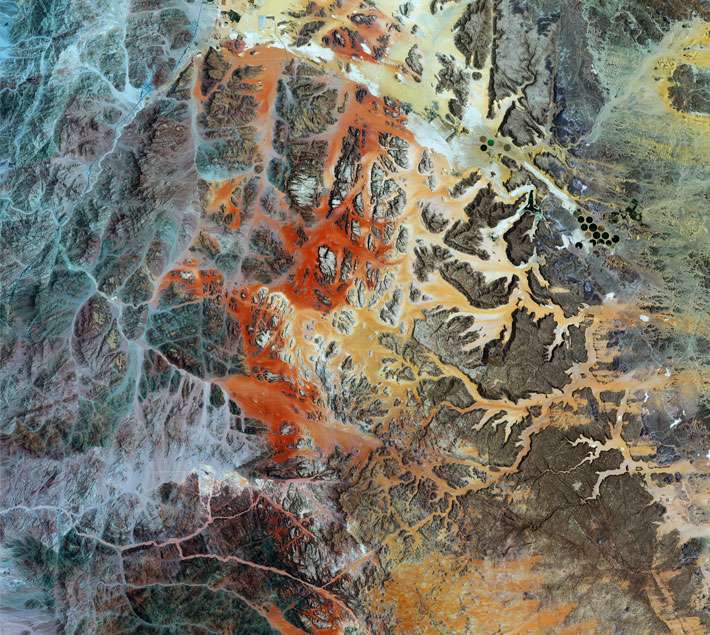How beautiful it is to learn. And learn well.
Kolb (1984) showed us a way to do this. He recognised that we mainly learn by experience. But for the learning to be embedded, we need to reflect on that experience, make sense of it and then apply the new learnings. And continue the cycle.
Honey and Mumford (1982) had offered that we may have different learning styles depending on our preferences:
-
Activist: doing and experiencing
-
Reflector: observing and reflecting
-
Theorist: understanding underlying reasons, concepts, relationships
-
Pragmatist: problem solving, testing
Learning agility and effectiveness stem from engaging in all 4 domains of the learning cycle and becoming skilled in all 4 styles. Therefore, the agile learner is the one who can learn the ‘right’ lessons from past experiences.
At Impact, we have become global leaders in experiential learning. Our roots are in the outdoors, and as an example of our own agility, we have long brought this experiential approach into our digital offering. From converting fully immersive leadership retreats online for the United Nations, to designing blended learning solutions for multinational clients, and running fully virtual programmes across sectors, we have been developing agile learners.
Mindful virtual learning
As a virtual learner, there are particular beautiful opportunities to deepen learning agility.
As Yeganeh and Kolb (2012) recognised, we can so easily over-routinise our learning styles. Which means we can get stuck in particular ways of acting and reflecting. Of conceptualising and experimenting. This is often exacerbated in the virtual learning setting with its potential distractions. What we learn very much depends on one’s ability to stay present. It is therefore the perfect environment for us to practice mindfulness.
Mindfulness which is about being aware and attentive can help us be more intentional in our learning. This in turns makes us more effective and creative learners.
To break free from our routines and liberate our minds, we can as virtual learners, therefore do the following:
-
Activists: Remind ourselves to come back to our breath. We focus on a new touch, sound, sight or smell. So that our mind re-sets and switches off autopilot.
-
Reflectors: We practice sitting with our thoughts and feelings. Rather than acting on them. We practice acceptance rather than judgement.
-
Theorists: We challenge our assumptions. And consider other peoples’ perspectives. We embrace shades of grey rather than black and white thinking.
-
Pragmatists: We practice novel questioning. And shift the conversation by asking questions and generating possibilities. We experiment with people and events in ways that we don’t normally do.
Relish your learning, virtual or otherwise. We’d love to hear from our readers about your experience with virtual learning. Share with us in the comment box below.
Penelope Mavor from Earth Converse collaborates with Impact as an Associate. Her writings can be found on www.earthconverse.com
Sources:
-
Kolb, David (1984). Experiential learning: Experience as the source of learning and development. Englewood Cliffs, NJ: Prentice-Hall.
-
Honey, P & Mumford, A, (1982). The Manual of Learning Styles. Maidenhead, UK, Peter Honey Publications
-
Honey, P & Mumford, A, (1983). Using Your Learning Styles. Maidenhead, UK, Peter Honey Publications
-
Yeganeh, B. & Kolb, D. (2009), “Mindfulness and Experiential Learning, OD Practitioner, Vol. 41, No. 3, pp.13-18
